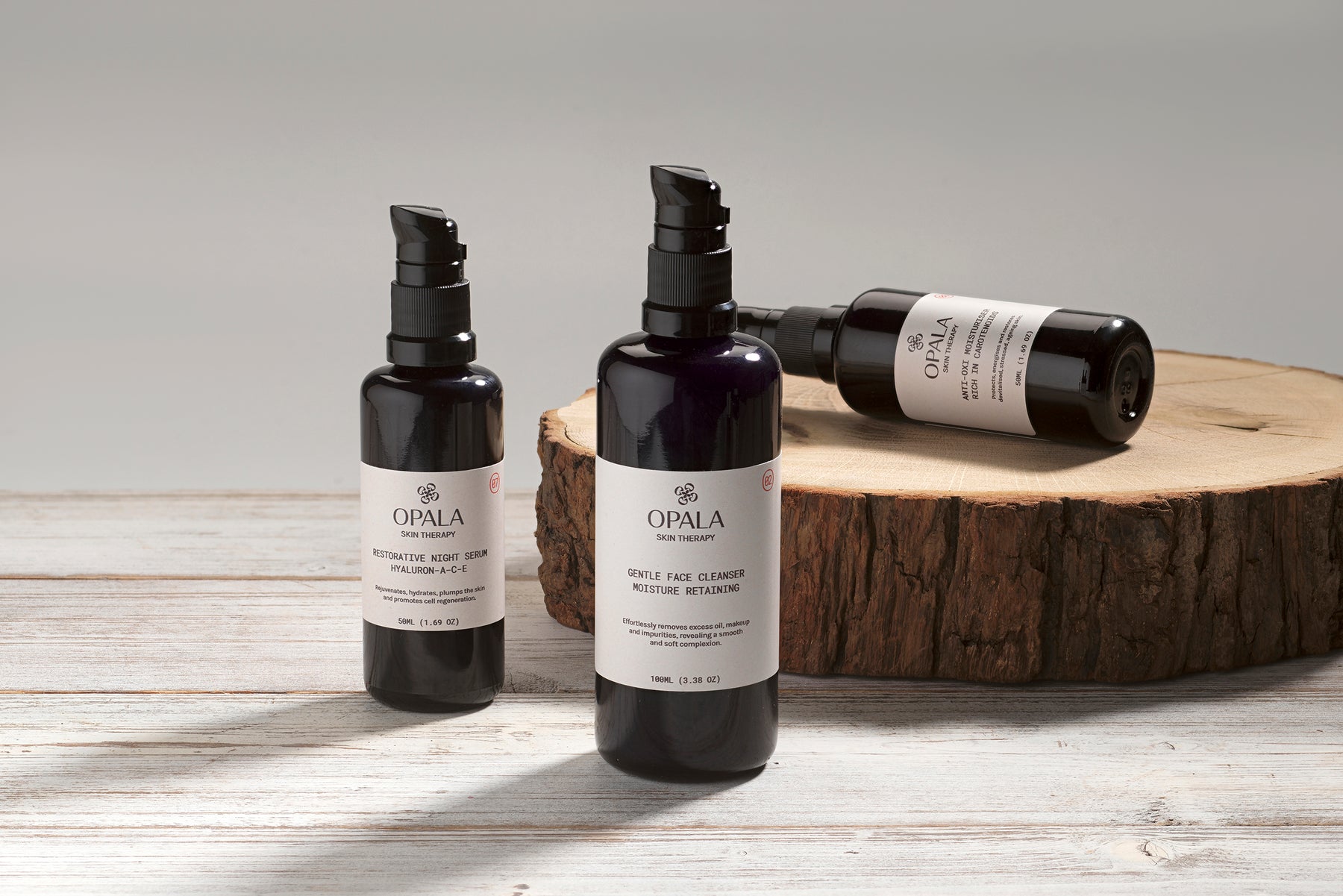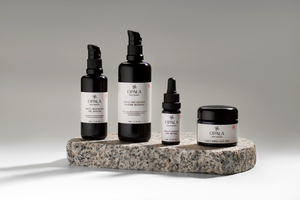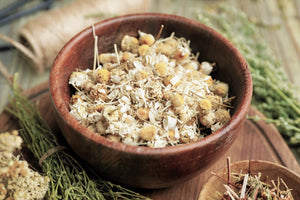
Moisturisers - what do they really do?
Moisturisers can help with dry skin for a simple reason: they supply water to the skin and contain a greasy substance that holds it in.
For our skin to feel smooth and supple, the stratum corneum (the outermost layer of the skin) has to be at least 10% water; ideally, it's 20% to 30%. Without water, the skin becomes flaky instead of peeling off nicely, and the stratum corneum gets disorganized and full of cracks instead of being tightly packed.
Because moisturisers contain oil, it's a common misconception that they are replacing lost oil. Dry skin is about lack of water, not oil.
Ingredients in moisturisers
Water
Most moisturisers are oil-in-water emulsions, so by definition that makes them creams and lotions. Look at the ingredient list, and you'll see that water is often the first one. Some of the water evaporates when you apply the moisturiser, but some also soaks in. While the stratum corneum absorbs water nicely, it doesn't bind it very well, so some oily substance is needed to hold it in. Applying an oily substance to the skin without also resupplying it with water — either from the moisturiser or from another outside source like a bath — is ineffective: you'd just end up with greasy skin that is still dry and cracked. In fact, the optimum way to soften skin is to soak it thoroughly first in water and then cover it with oil. But that's time-consuming and messy so unless your skin is extremely dry, using a moisturiser that contains water is much easier and more practical.
Occlusives
Oily substances (vegetable or mineral) in moisturisers are sometimes referred to as occlusives, because they block the evaporation of water. Many fatty or waxy substances can serve as occlusives. Dimethicone and cyclomethicone are silicones that function as occlusives. When products say they are oil-free, that usually means they don't contain mineral or vegetable oil and depend on dimethicone as an occlusive instead. The effectiveness of the occlusives varies.
Humectants
Theoretically, humectants pull water into the stratum corneum both from the air and from deeper layers of the skin. However, when the humidity is low, there's so little water in the air that almost all of the water comes from the inside out. Some of the commonly used humectants include glycerin, honey, panthenol (or vitamin B5), sorbitol and urea. Humectants can potentially make skin even drier by pulling water into a damaged, arid stratum corneum that doesn't hold moisturiser. So, as a practical matter, they are almost always used with occlusive ingredients that trap the moisture the humectants draw into the stratum corneum.
Emollients
Emollients aren't in moisturisers to moisturise, but rather to make the skin feel smooth. Many ingredients that serve as occlusives do double duty as emollients.
 Actives, Vitamins
Actives, Vitamins
When you see "vitamin E" on your skin-care or supplement packaging, it's almost always tocopherol. This is the only form of vitamin E that's recognized to meet human requirements. It can be very helpful for a range of skin disorders, as well as skin repair assisting in various kinds of cellular restoration from sun damage to healing support for scars or burns.
Topical retinoic acid or retinol — a form of vitamin A — reduces fine lines and wrinkles in the skin by stimulating the production of collagen and is the main ingredient in anti-wrinkle creams. Opala Botanicals applies a natural and safe alternative to retinol (Bakuchiol), that works in a similar manner to retinoic acid, but appears to have the added advantage of causing less irritation such as peeling, dryness or sensitivity.
Vitamin C, usually under the name ascorbic acid is also added because of its antioxidant properties. Studies of topical vitamin C have shown some effects, but in high concentrations. Doubts linger about its usefulness in day moisturisers because light and oxygen inactivate the vitamin C.
All OPALA Moisturisers are water-based, designed for special needs of particular skin types. https://opalabotanicals.com/collections/moisturisers
This is a blog feature based on the article published by Harvard Health Publishing.




 Actives, Vitamins
Actives, Vitamins